Affiliate links on Android Authority may earn us a commission. Learn more.
eSIM vs iSIM: How do the physical SIM replacements compare?
Published onFebruary 16, 2024
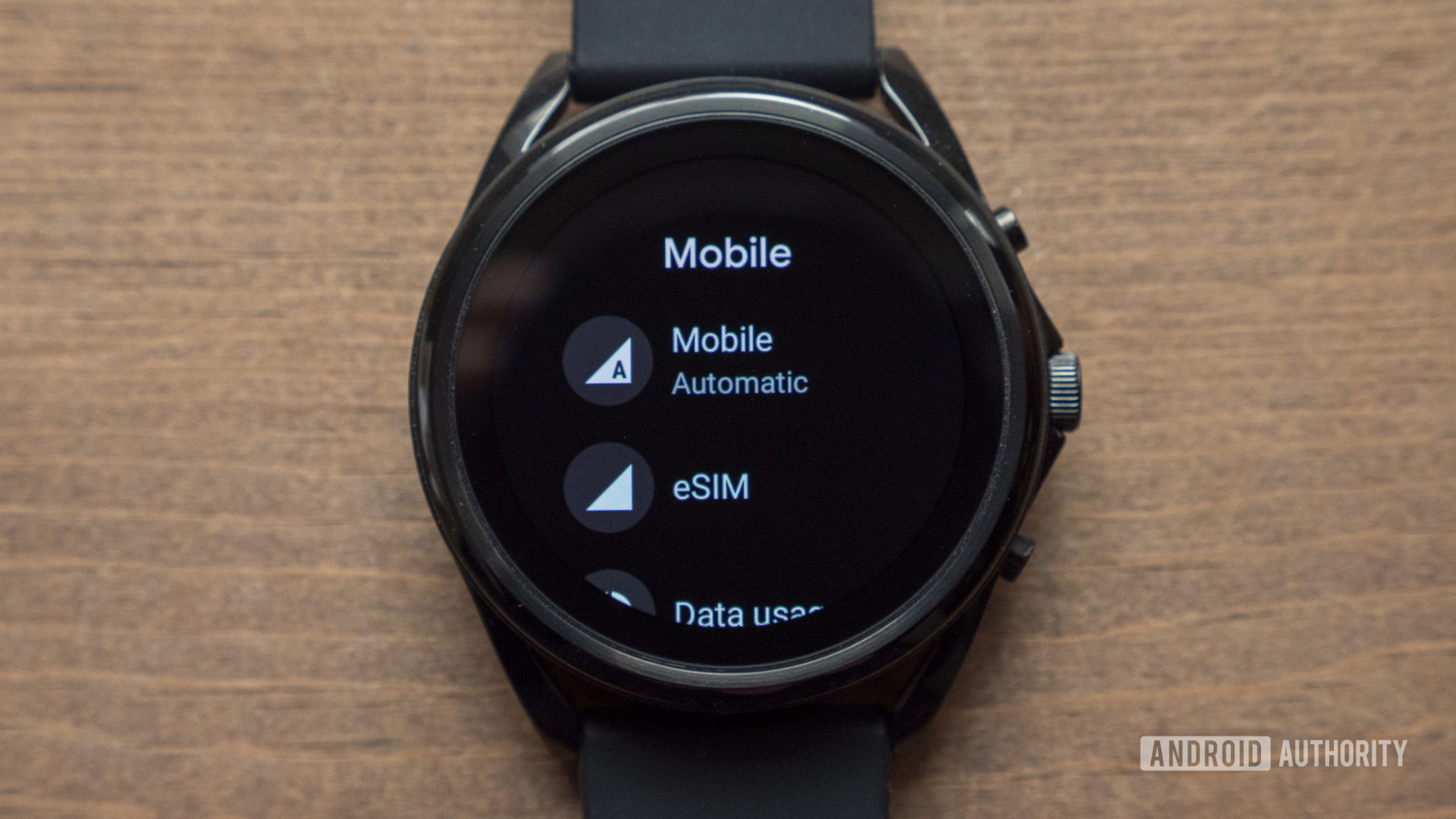
As smartphones get thinner and lighter with each passing year, manufacturers have pushed to remove as many redundant components as possible. The 3.5mm headphone jack was one of the first victims of this push nearly half a decade ago. Now, smartphone makers are pushing to kill the SIM card in favor of embedded SIM or eSIM and integrated SIM (iSIM). Both offer similar space savings, but why do smartphone makers currently favor eSIM vs iSIM and will that change in the coming years? Here’s everything you need to know.
What is eSIM or embedded SIM?
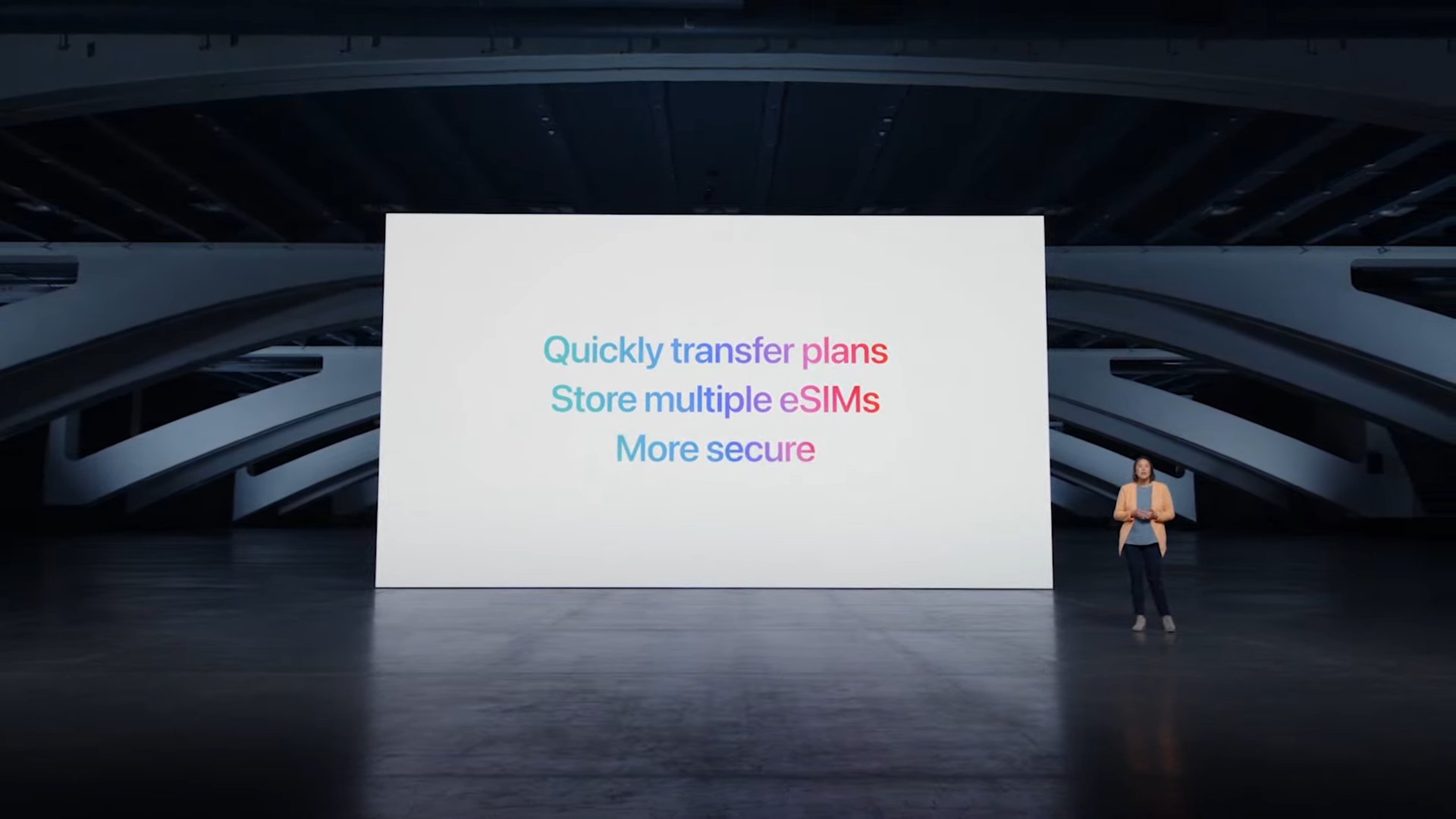
An embedded SIM, or eSIM, is a digital version of the SIM card soldered directly to a device’s mainboard.
Instead of inserting a physical plastic card into your device, eSIM allows you to download a carrier profile over the air. Carriers typically provide an authentication code or QR code to digitally activate your eSIM. You can download multiple such profiles onto a single device and switch between them as you see fit. In this aspect, eSIM is far more convenient than a physical SIM card. It’s especially handy for international travel as you can download an eSIM profile before arriving at your destination.
eSIM lets you switch between multiple carriers and numbers using software alone.
Unlike iSIM, which we’ll get to in the next section, eSIM has already found mainstream adoption across the mobile industry. Wearable devices like Samsung’s Gear S2 and the Apple Watch were among the first devices to adopt eSIM in 2016. It’s easy to see why — smartwatches are extremely dense compared to phones and cannot accommodate a physical SIM card slot.
Within a few years of its debut, eSIM became a staple feature of high-end smartphones. Fast forward to today and Apple has completely killed the physical SIM card slot, at least on iPhone models sold in the US. Beyond phones and smartwatches, eSIM has also made its way to portable computing devices like tablets and laptops.
eSIM pros and cons
Compared to a physical SIM card, here are a few pros of the eSIM:
- Convenience: You can switch between multiple plans, carriers, or numbers with just a few taps.
- Space savings: An eSIM-only smartphone can accommodate other hardware like a larger battery in lieu of the physical SIM slot.
- More secure: With a physical card, an attacker could perform a SIM swap attack. This involves ejecting the SIM from a stolen phone to send or receive sensitive messages. With an eSIM, they wouldn’t bypass your device’s lock screen to access or copy the carrier profile.
Here are a couple of eSIM cons as well:
- Increased complexity: With a physical SIM, you simply need to insert a piece of plastic. Transferring eSIM between devices isn’t as simple and usually requires contacting your carrier over the phone.
- Limited compatibility: Few devices support eSIM even today, you can’t reap its benefits on many mid-range Android smartphones.
What is iSIM or integrated SIM?
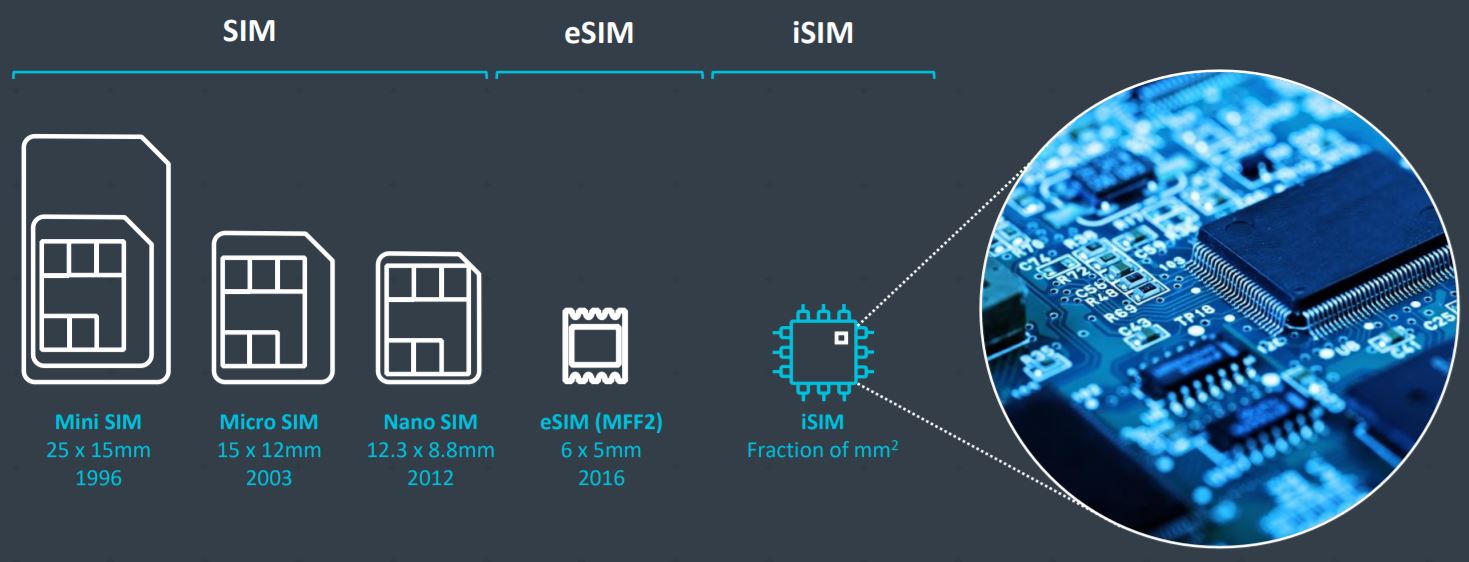
An integrated SIM, or iSIM, embeds the SIM into a device’s system-on-a-chip or SoC, taking miniaturization one step further. A smartphone’s SoC already consists of several blocks in addition to a CPU and GPU, so adding a SIM as well seems like a natural progression.
iSIM represents a cleaner design vs eSIM as it doesn’t require a separate module on the device’s motherboard. This naturally leads to some space savings. However, a big advantage of iSIM comes in the form of security. While attackers can tamper with an eSIM module, it’s significantly harder to manipulate a locked-down SoC. iSIMs directly benefit from existing security protocols like Arm TrustZone, offering robust protection against attacks.
All in all, iSIM is the most compact and secure SIM solution devised so far. However, no smartphone or portable device has adopted the technology yet. Chip and smartphone makers have likely not reached consensus yet, and the same is likely true for carriers too.
iSIM pros and cons
Compared to a physical SIM card, here are three pros of iSIM technology:
- Space savings: With iSIM, you won’t need a SIM reader or card slot on your device.
- Security: An iSIM offers the most secure SIM implementation, preventing hackers from accessing or tampering it.
- Convenience: Since an iSIM is programmable, you can switch between carriers and plans at will.
As for the cons:
- Lacking adoption: As of today, you can’t go out and buy a device with iSIM.
- Complexity: Like eSIM, moving a SIM between devices might become challenging. You may have to contact your carrier.
eSIM vs iSIM: What’s the difference?
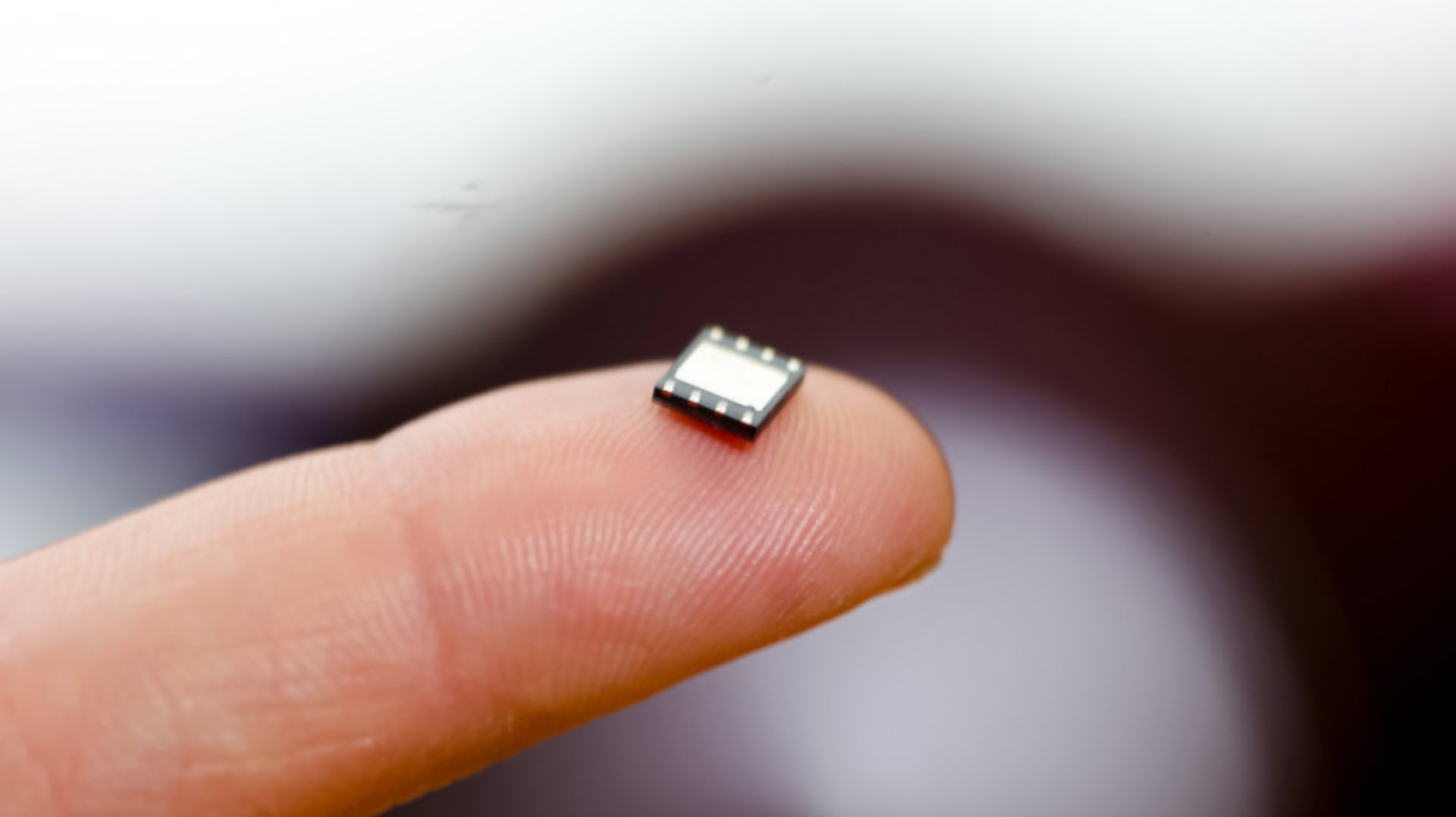
eSIM and iSIM both get rid of the physical plastic SIM card, but they take slightly different approaches in doing so. Think of the eSIM as an intermediate choice between two extremes. It nets you most of the advantages, namely the ability to activate a plan over-the-air and switch between different profiles within software. It also frees up the most space, allowing for a larger battery or additional sensors on a smaller device.
iSIM is like a more secure version of the eSIM.
An iSIM takes the concept of miniaturization even further, albeit with a stronger focus on security instead. Paired with modern SoCs, an iSIM would be practically impenetrable. For some smartphone makers like Apple that place an emphasis on privacy and security, iSIMs are clearly the way forward.
Having said that, eSIM adoption keeps improving with more phones adding support every year. Meanwhile, we haven’t even heard rumors of any chip embedding iSIM functionality yet.
Which phones support eSIM and iSIM?
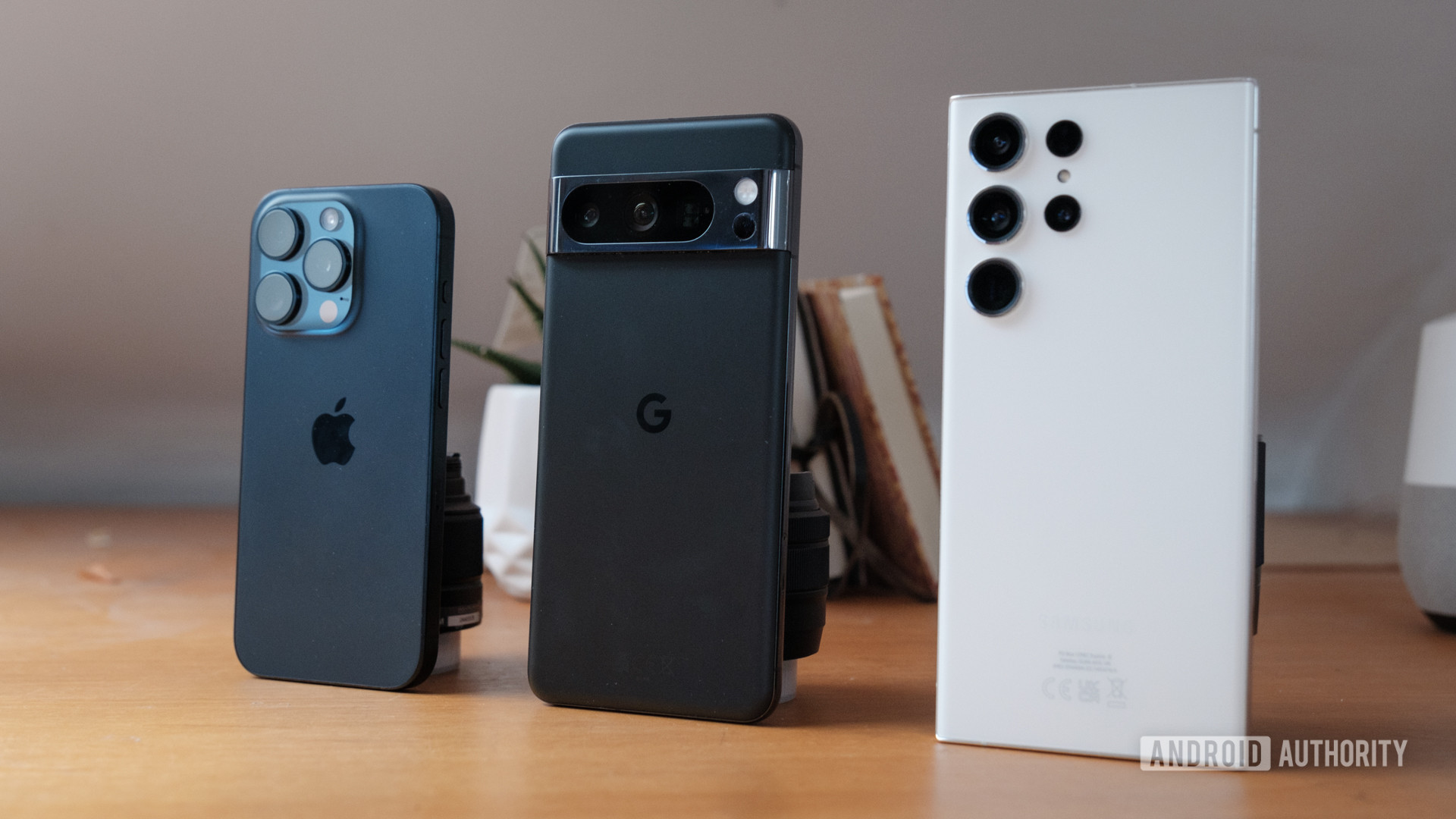
As I mentioned earlier, eSIM has become a rather commonplace feature on high-end and even mid-range smartphones. Beyond that, you can also find the tech inside some wearables and tablets. Here’s a non-exhaustive list of phones and devices with eSIM support:
- Google: Every Pixel smartphone going back to the Pixel 2, all Pixel Watch models
- Apple: Every mainline iPhone since the XS, iPhone SE 2nd generation and newer, cellular Apple Watch models
- Samsung: Galaxy S series since S20, all Galaxy Z Flip and Fold models, Galaxy Watch cellular editions
- Motorola: All Razr models, Edge 2022
Some smartphones from Nokia, Xioami, OPPO, and Sony also support the technology, so you’ll want to check if your smartphone is compatible with eSIM.
As for phones with iSIM support, the list is empty for now. Chip makers have yet to embrace the technology. The good news is that most of the work that went into supporting eSIM on the software and carrier side can also be reused for iSIM. We just don’t know when it will finally take off.
FAQs
Yes, iSIM gives us all of the benefits of eSIM with improved security.
No, the iPhone has eSIM but not iSIM support.
A phone can download several eSIM profiles but can only have one or two active simultaneously.